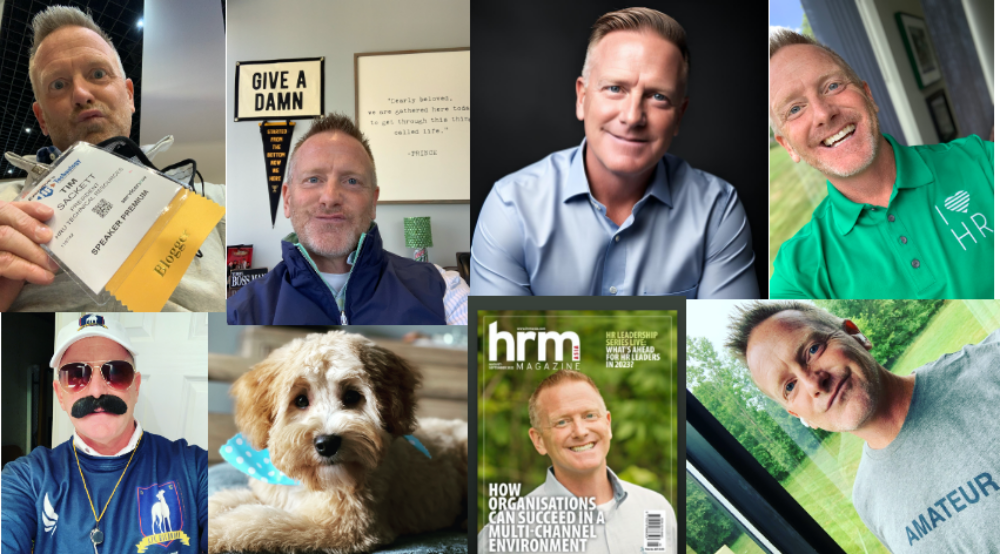The NBA free agent signings took place at midnight EST last night. The signing period lasts 9 days, where players can negotiate, but not sign, deals until last night at midnight. One big free agent signing this year is DeAndre Jordan, who was with the LA Clippers last season, and had a verbal, handshake, agreement to join the Dallas Mavericks.
That was until DeAndre decided to change his mind and re-sign with the Clippers, but not tell the Mavericks he was going to do this! Basically, doing what we see in HR all the time, accepting our offer, only to see the candidate turn around and accept the counteroffer. The problem with DeAndre was that he never let Dallas know he was going to do this, so they weren’t able to go after another player to replace him!
Not only did he not tell Dallas, he actually tweeted out a picture from his house with a chair blocking the door, to give the implication that his Clipper teammates weren’t allowing anyone to come to his house until after midnight and contract was signed! Way to keep it classy LA…
So, how should a candidate turn down an offer when they decide to go in another direction? Here are three ways that are all better than was DeAndre did:
1. Pick up the phone! If you are adult enough to make the decision to accept another offer, be adult enough to pick up the freaking phone and let the other party know that is what your intent is. You get bonus adult points if you also give them a reason or two of why the other offer was better for you to accept! Do this the moment you have made the decision to accept the other position. Timing is critical for this, as the other organization might have a backup candidate and they don’t want to miss out on this person.
2. Send an email. Less favorable, and it’s definitely conflict avoidant, but at least you did something to let the organization know. The plus factor on the email is you have time to craft your message, as some people are not good over the phone in real-time interactions. Again, give the organization some sort of ‘real’ reason on why their offer wasn’t as good as the offer you accepted. This will be appreciated, as companies need to know how to get better. NEVER – give the “it’s me, not you” as a reason. That’s lame!
3. Text message. I put this one in for the kids. They like texting, but the reality is, this looks unprofessional, and you’ll get know adult points for doing this. The one way I can see texting being used to turn down an offer is if it is used in conjunction with another form of communication. A quick “just wanted to let you know I will not be accepting your offer. Sorry. I’ll call soon with an explanation”, will work, but make sure you call!
I’m not sure why anyone ever feels it’s okay to accept a job offer, then just decide to not do it, but never communicate back with the organization. This happens more than you think, but I’m always surprised by this mentality of who would think this is acceptable.
In my career I’ve probably had at least a half a dozen people accept jobs, sign an offer letter, then on start day, be a no-show. I find out later they decided to accept a counteroffer, but never communicated anything back to my organization. This is across multiple industries, multiple companies. I would love to see an industry study of why people think this is an appropriate behavior!
The morale to the story? Don’t be a DeAndre!
